Racist housing practices left Minneapolis with an extreme heat problem. Now, the city is rushing to reverse the lasting effects of environmental racism.
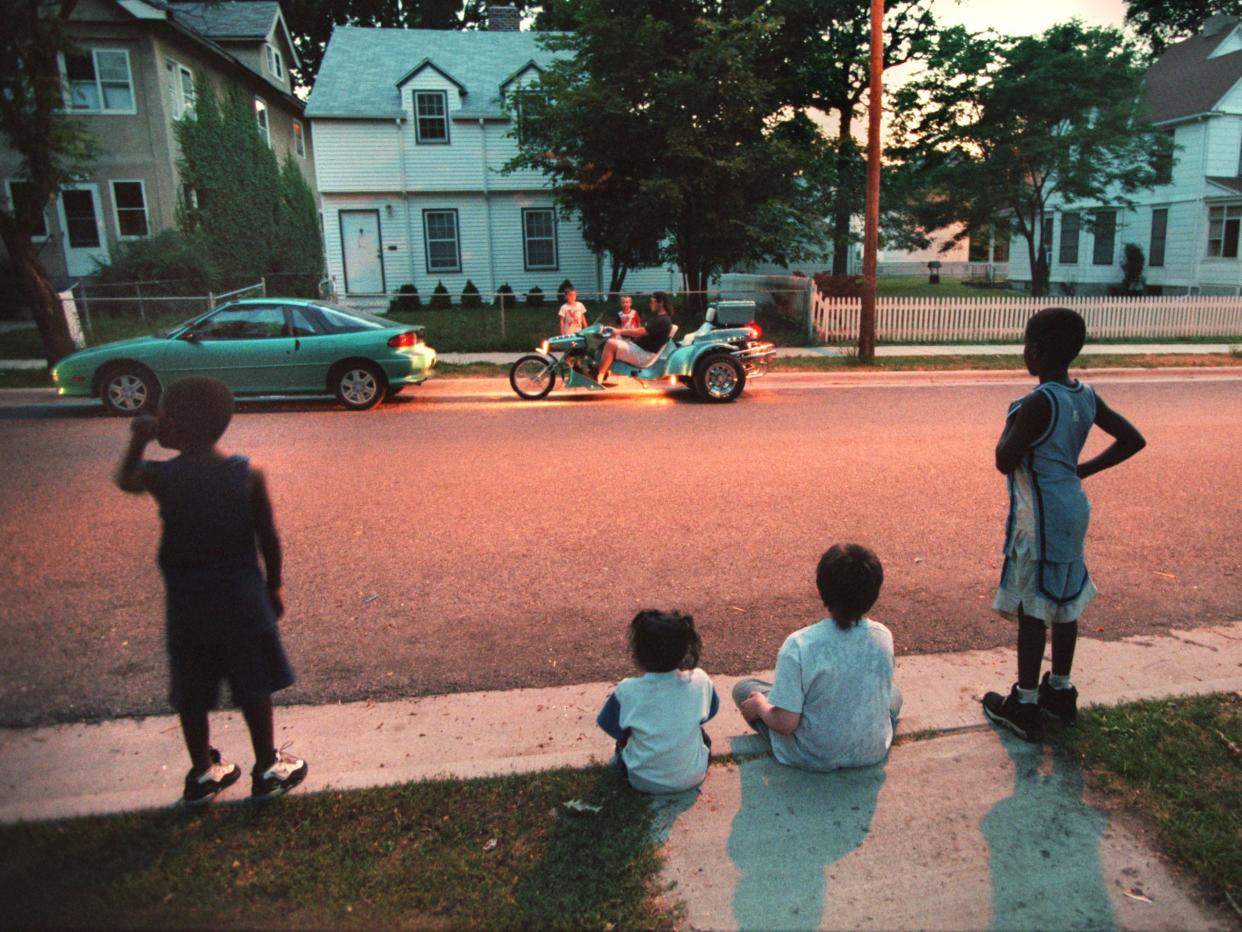

Minneapolis has been found to have neighborhood temperature disparities influenced by redlining.
The city hopes to rectify its history of environmental racism with a new Climate Equity Plan.
Local organizers hope this plan is a first step toward addressing rising heat in their communities.
This article is part of "Journey Toward Climate Justice," a series exploring the systemic inequities of the climate crisis. For more climate-action news, visit Insider's One Planet hub.
For years, Minneapolis was seen as a progressive haven in the Midwest, with Democrats having long controlled the city. But as the 2020 murder of George Floyd laid bare, the Minnesota capital's reputation had largely belied the conditions on the ground. The city ranks near the bottom for racial equality: Black families earn less than half of what white families make, and the Black incarceration rate is 11 times that of white residents.
The city is also one of the worst perpetrators of environmental racism.
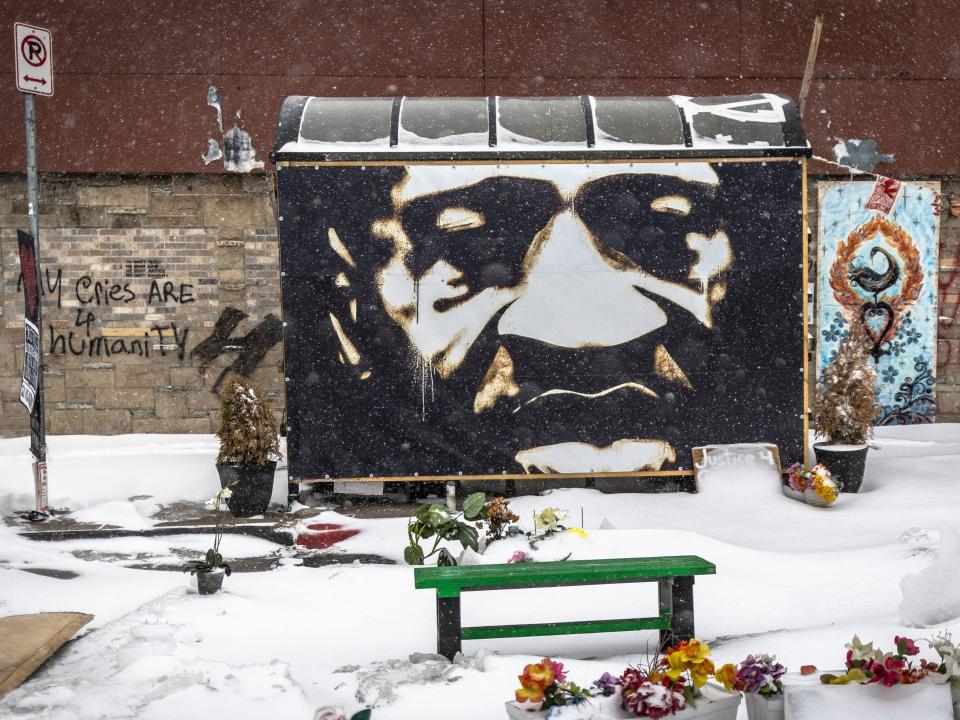
A 2020 study by the data firm CAPA Strategies found Minneapolis among the three US cities with the largest surface-temperature differences between formerly redlined and non-redlined neighborhoods. At its most extreme, that difference was nearly 11 degrees Fahrenheit.
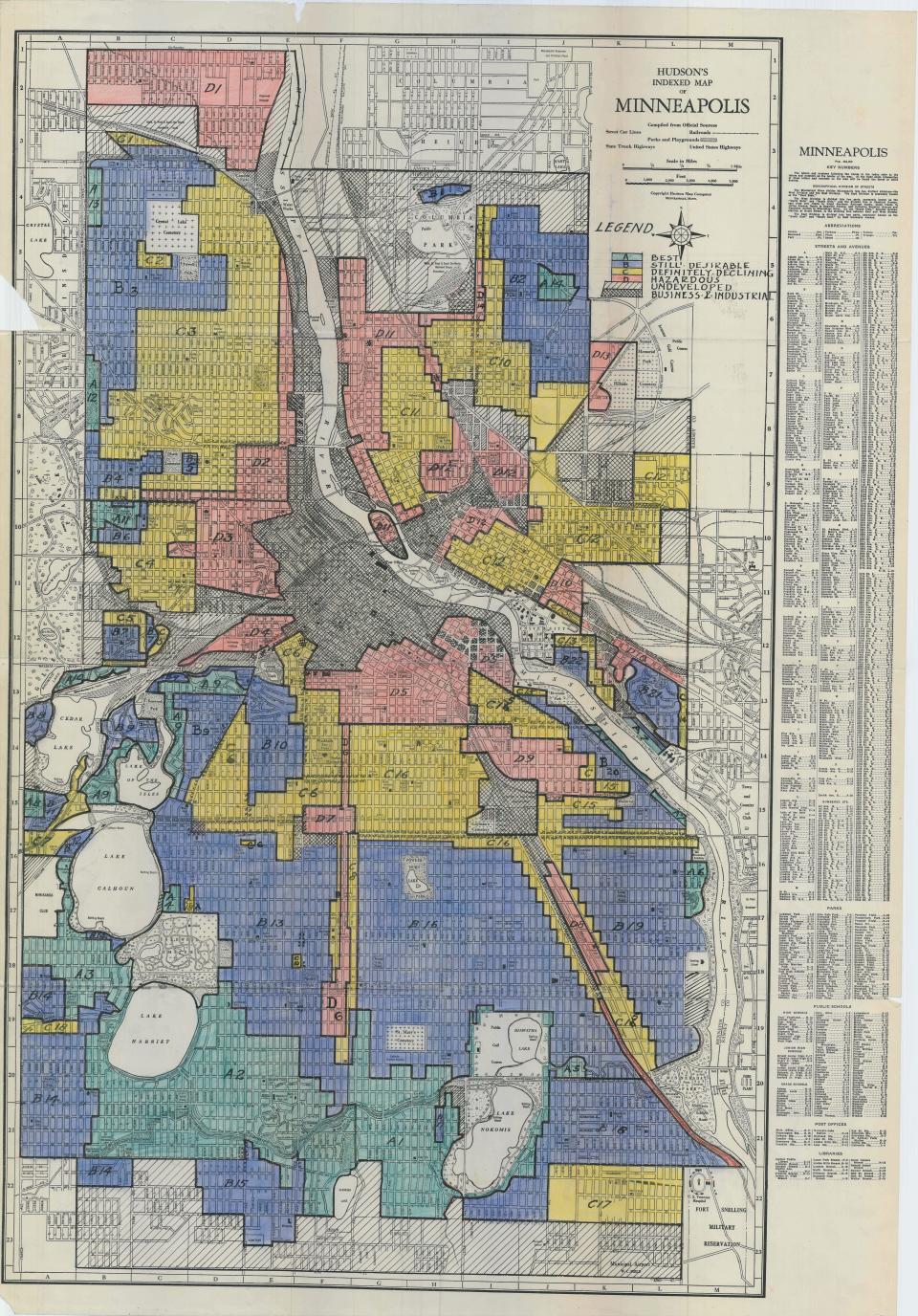
Redlining refers to a discriminatory housing practice. In the early 20th century, the federal government created maps marking each area of the city with one of four classifications. Red, the lowest tier, was deemed "hazardous." It was also the only place Black people were allowed to purchase housing in the city. These formerly redlined areas still experience an outsize share of hazardous environmental conditions.
"It's always communities of color facing the brunt," Tee McClenty, the executive director at MN350, a grassroots organization in Minneapolis advancing climate policy, told Insider. "I want to see communities of color — Black and brown like me — have a seat at the table to talk about what are the plans to improve the lives of those most impacted."
MN350 and other local environmental advocacy groups have pushed the city to address this discrepancy before it leads to a larger climate disaster. Last month, the city revised its 2013 Climate Plan, laying out a comprehensive timeline, union protections for jobs created under the plan, as well as a higher annual funding threshold. The new plan also emphasizes racial-equity provisions.
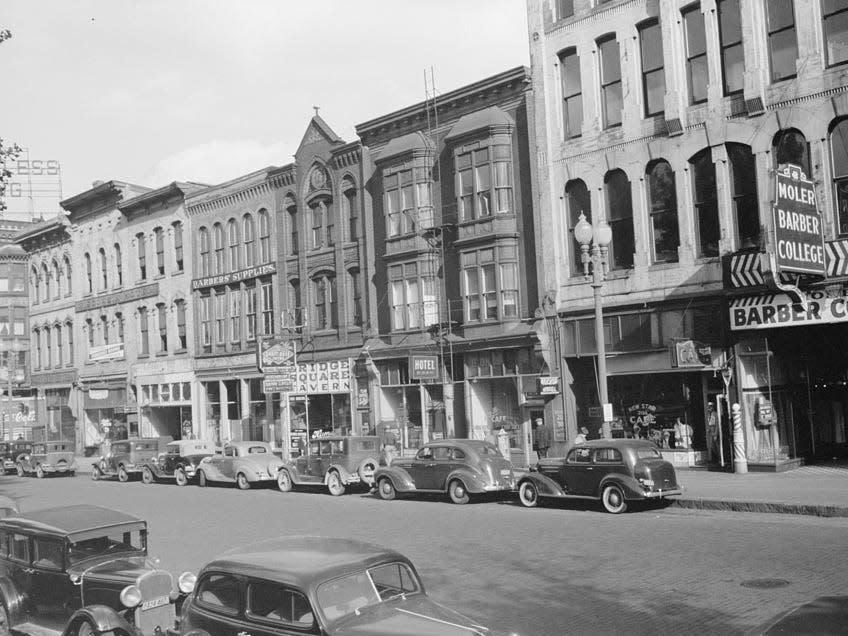
A history of restrictive housing practices
In the 1930s, President Franklin D. Roosevelt's New Deal hoped to stimulate the economy through homeownership. These programs, however, offered federal aid only to white Americans. The Home Owners' Loan Corporation created maps of major US cities that classified areas by risk-based characteristics to help banks determine how different properties should be valued.
The existing racial makeup of neighborhoods often played an explicit factor in the classifications. Neighborhoods that had Black or Asian populations were considered less desirable and were redlined. The areas with the highest grades were given to rich, white neighborhoods.
Racist housing restrictions also guaranteed that houses would be bought only by white owners. Contractual agreements known as racial covenants would prohibit homes from being bought by particular groups of people.
One early housing covenant, from 1910 in Minneapolis, proclaimed that the area "shall not at any time be conveyed, mortgaged or leased to any person or persons of Chinese, Japanese, Moorish, Turkish, Negro, Mongolian or African blood or descent."
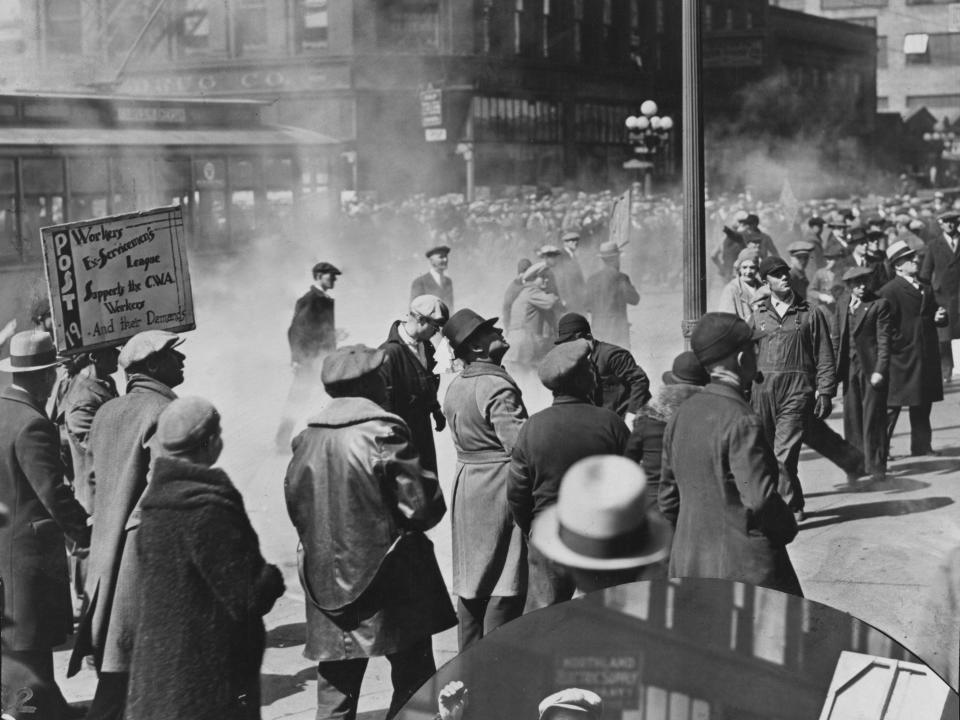
Black people had begun to come to Minneapolis in the early 20th century during the Great Migration. They were quickly pushed into these redlined areas. Because of this, Black residents at the time primarily resided in the north side and in certain pockets of the south side of the city, reinforcing housing segregation.
Today, the north and south sides are cut off from the rest of the downtown area by major highways and interstates. In 1960, the neighborhoods where highways were routed were home to 82% of the city's Black residents. This has resulted in higher rates of polluted air, water, and asthma for those communities.
Industrial manufacturing and chemical plants were also built in those areas, which also tended to lack tree canopies and green spaces. Neighborhoods with the highest percentage of low-income residents of color are over twice as likely to not have the appropriate number of tree canopies, according to a Star Tribune investigation last year.
"For a variety of reasons there's not enough tree canopy in northern Minneapolis, and I think that is the hottest part of the city," Ulla Nilsen, a senior organizer at MN350, told Insider. "Low-income and communities of color tend to not have as much access to air conditioning, substandard housing — it's not well insulated, so it lets the heat through. Across the country, Black Americans are the most at risk for heat-related illness."
For all these reasons, previously redlined neighborhoods suffer from extreme heat. Extreme heat can be deadly, and heat waves continue to intensify around the world during the climate crisis. A lack of tree canopies and green spaces, the construction of highways and industrial manufacturing plants, paved surfaces, and income inequality have all created a climate crisis for communities of color in Minneapolis.
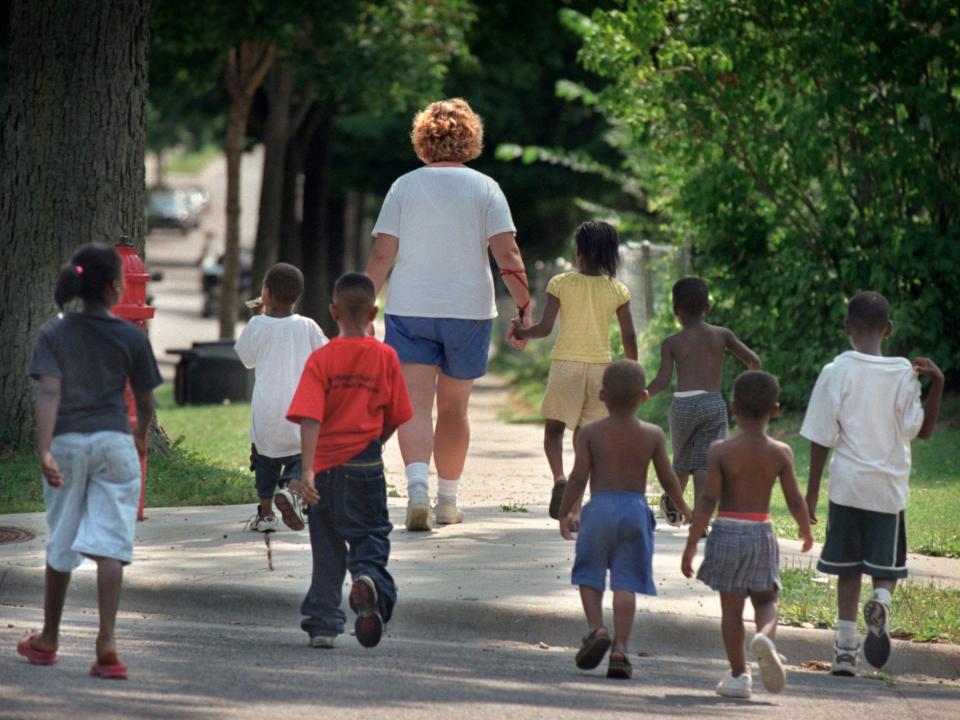
A flawed Climate Action Plan
In 2013, the city adopted a 47-page environmental road map that had high ambitions to achieve net-zero greenhouse-gas emissions by 2050. Called the Minneapolis Climate Action Plan, it sought to achieve that objective through energy-efficient homes and businesses, affordable carbon-free buildings, 10% of electricity from local renewable resources, grants for small businesses working toward the plan's objectives, and new green jobs.
Organizers, however, say there was a major problem. The plan didn't detail a timeline, funding streams, or labor protections for jobs created by the plan. Nilsen also wanted the city to ensure those jobs would be accessible to lower-income, undocumented, and formerly incarcerated people.
After years of outcry from activists, the city council submitted a new draft of a 10-year plan, titled the Minneapolis Climate Equity Plan, soliciting public comments. The new plan put environmental justice at the forefront; in a letter that introduces the document, Mayor Jacob Frey wrote that the new plan "is about prioritizing low income and BIPOC communities first." MN350 launched its own campaign, ensuring that community members had the opportunity to give their thoughts.
"There were more than 800 people that submitted comments," Nilsen said. "The city listened to the comments. They didn't fix every single thing, but the plan was greatly improved."
The new plan includes a comprehensive timeline, union protections for new jobs, as well as $8 million to $10 million in annual funding. Nilsen said they were also able to include explicit language guaranteeing that the city wouldn't add an additional tax burden on lower-income residents to make up for the funding shortfall.
Under the new plan, green spaces will be prioritized in the north and south sides of Minneapolis, air-quality monitors will be implemented to track and reduce pollution, green energy sources will be emphasized, and all homes will be insulated and weatherized.

Next steps
Minneapolis follows other major cities such as Portland, Oregon, which has its own history of redlining and is trying to undo the impacts of environmental racism. Earlier this year, Portland passed its 43-Step Climate Action Plan, which has similar objectives to the Minneapolis plan.
The next steps for MN350 will be hosting community forums and recruiting more volunteers and organizers of color. Organizers want to make sure communities are aware of what the city has promised so they can hold them accountable.
"We're happy," McClenty said, "and we're in a moment to celebrate the work that we've done."
Read the original article on Business Insider

 Yahoo News
Yahoo News 
